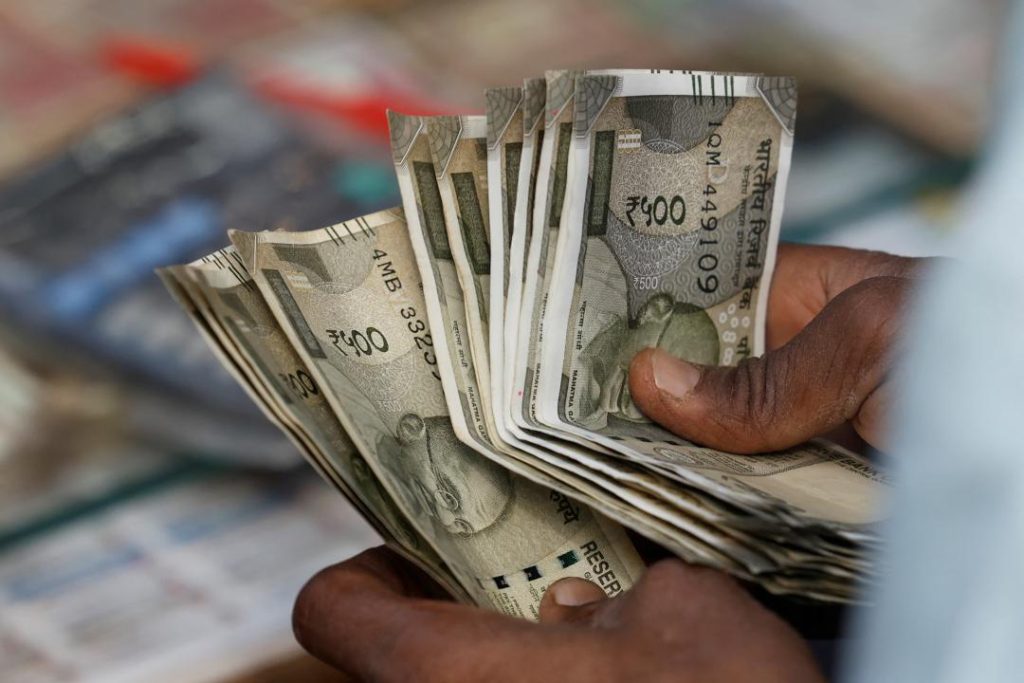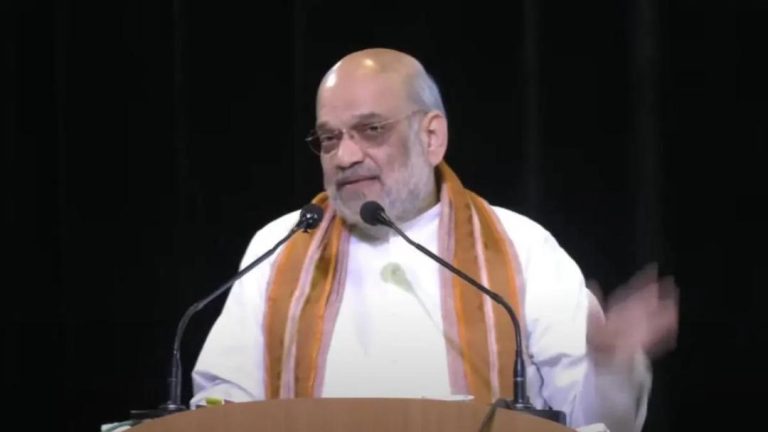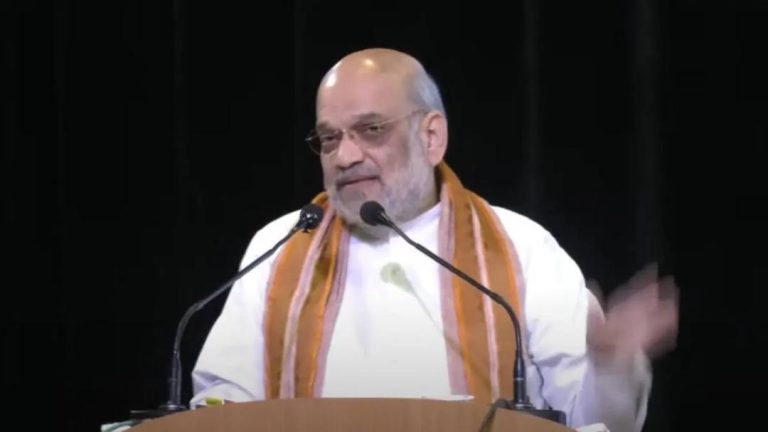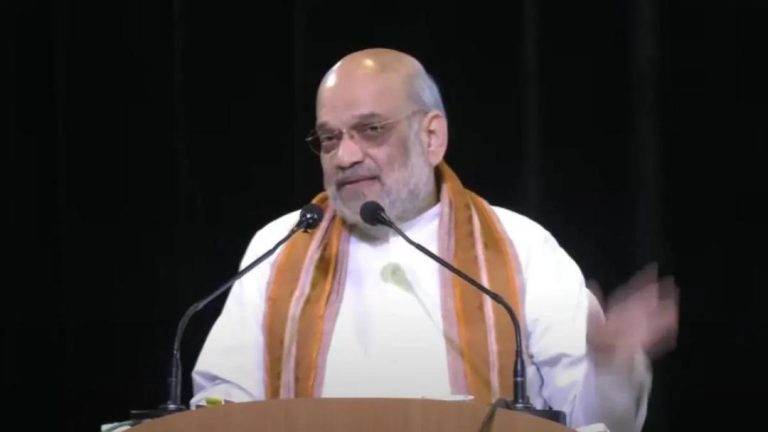
What got cheaper & costlier in March as CPI falls to 67-month-low of 3.34%?
India’s retail inflation rate for March 2023 has dropped to a 67-month low of 3.34%, as announced by the Ministry of Statistics and Programme Implementation. This significant decline in the Consumer Price Index (CPI) has led to a mixed bag of price movements across various commodities. While some essential items have seen a notable decrease in prices, others have witnessed a slight increase.
Declining Prices
Eggs, vegetables, and pulses were the most significant beneficiaries of the declining retail inflation rate. Prices of these staples saw a considerable drop, providing much-needed relief to consumers. The prices of spices, meat, fish, and housing also saw marginal declines. Additionally, recreation and amusement categories, such as entertainment, travel, and leisure activities, witnessed a slight decrease in prices.
Fruit Prices Jump
On the other hand, fruit prices saw a sizeable jump in March. This increase could be attributed to factors such as weather conditions, supply chain disruptions, or changes in global demand. The impact of this increase on the overall inflation rate, however, was partially offset by the declines in other commodity prices.
Marginal Rises
Several essential items saw marginal price increases in March. These include cereals, milk, oil, sugar, confectionery, clothing, snacks, sweets, pan, tobacco, footwear, fuel, and health and education services. While these increases may seem minor, they still have an impact on the overall cost of living for consumers.
Why did CPI Fall?
The decline in CPI can be attributed to a combination of factors, including:
- Monsoon rains: The timely and adequate monsoon rains in 2022 helped to boost agricultural production, leading to an increase in the supply of essential commodities like pulses, vegetables, and fruits. This surplus supply led to a decrease in prices.
- Government policies: The government’s efforts to control inflation through policies like the Reserve Bank of India’s (RBI) monetary measures and the Finance Ministry’s fiscal policies have also contributed to the decline in CPI.
- Global factors: Global commodity prices, such as crude oil and international prices of essential items, have remained relatively stable, which has also helped to keep inflation under check.
What does this mean for Consumers?
The decline in CPI to a 67-month low of 3.34% is a positive development for consumers. It means that their purchasing power has increased, and they can enjoy lower prices for essential items like eggs, vegetables, and pulses. However, it’s essential for consumers to remain vigilant and monitor price movements for other commodities, as even small increases can add up over time.
What’s Next?
As the Indian economy continues to recover from the pandemic-induced slowdown, it will be crucial to maintain a balanced approach to fiscal and monetary policies. The government and the RBI should work together to ensure that the economy grows at a sustainable rate, while also keeping inflation under control.
Conclusion
In conclusion, the fall in CPI to a 67-month low of 3.34% is a welcome development for Indian consumers. While some essential items have seen price declines, others have witnessed marginal increases. As the economy continues to recover, it’s essential to monitor price movements and ensure that policies are in place to maintain a stable and sustainable growth trajectory.
Source:



